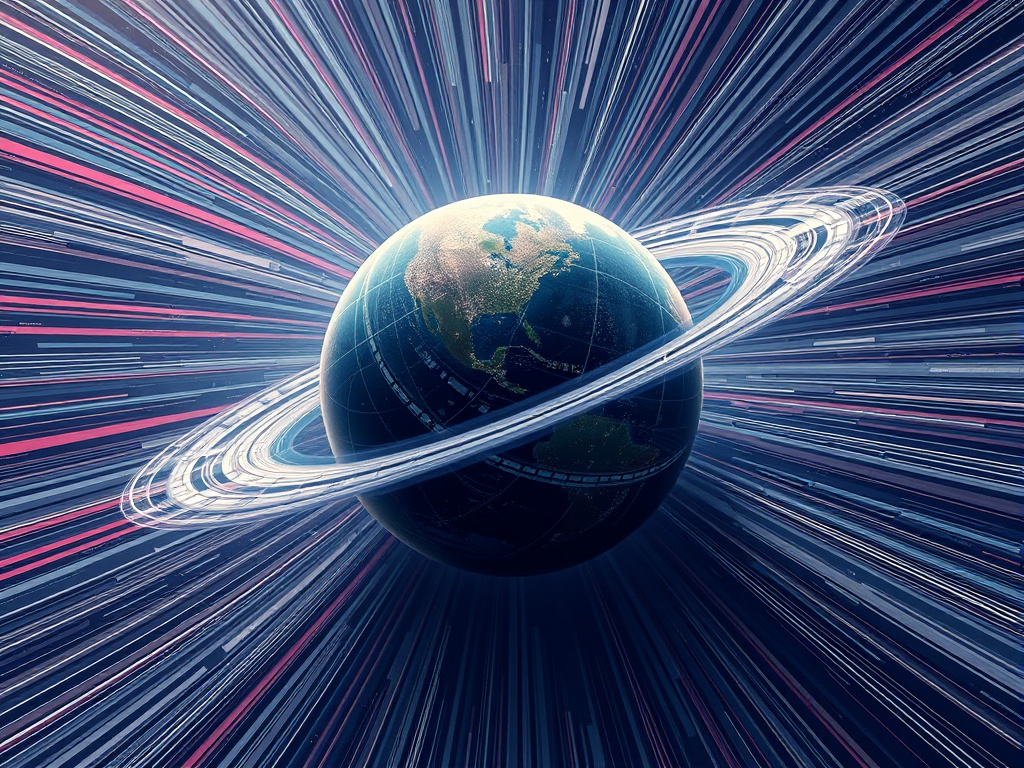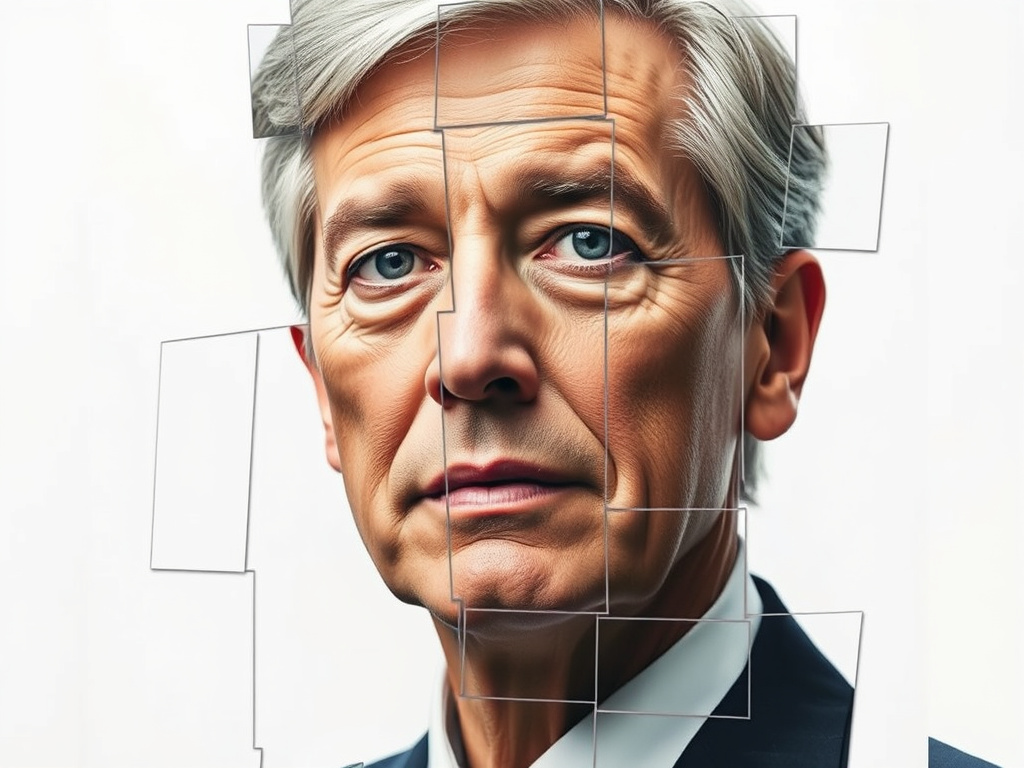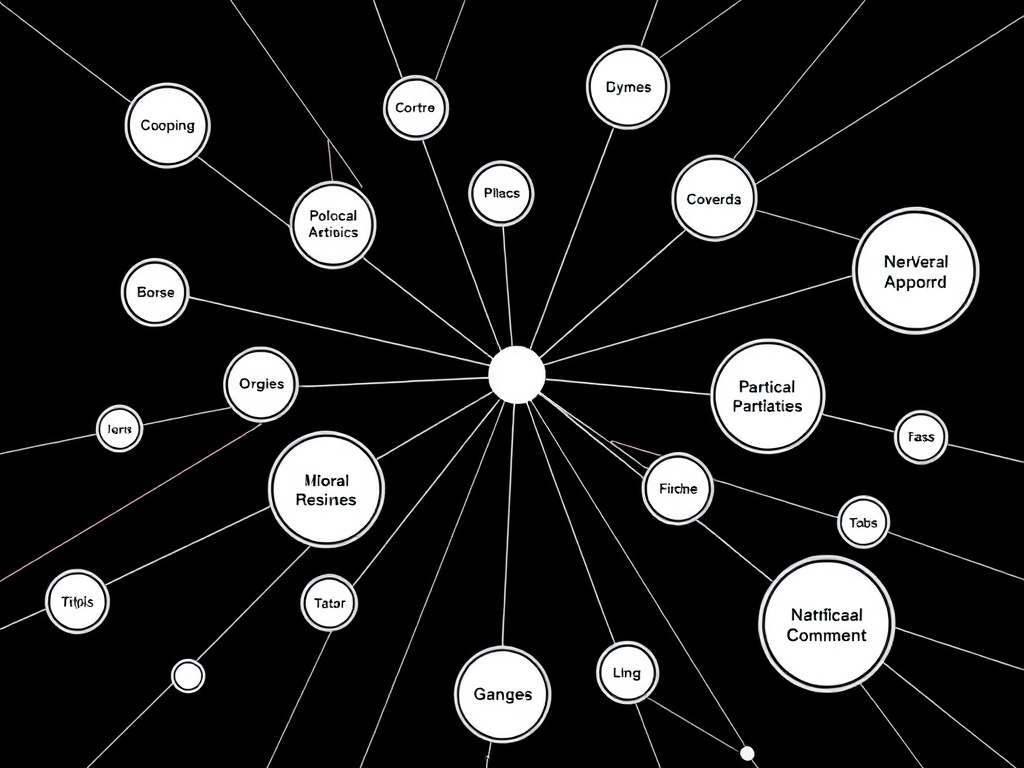The Allure of Temporal Journeys: A Deep Dive into Film Penjelajahan Waktu
Time travel, a concept that has captivated humanity for centuries, finds its most compelling expression in the realm of cinema. Film penjelajahan waktu, or time travel films, represent a unique genre offering not just thrilling narratives, but also profound explorations of causality, destiny, and the human condition. This article will delve into the history, evolution, common tropes, impactful examples, and future possibilities of this perpetually fascinating genre, examining why film penjelajahan waktu continues to resonate with audiences worldwide.

The Genesis of Temporal Cinema
The idea of traveling through time isn’t new, appearing in literature long before it graced the silver screen. H.G. Wells’ The Time Machine (1895) is often cited as the cornerstone of the modern time travel narrative. However, early cinematic interpretations were often more rudimentary. The first attempts were largely focused on fantasy or science fiction elements, with time travel serving as a plot device rather than a central thematic concern.
Early film penjelajahan waktu examples, like 1926’s The Black Pirate (which utilized rudimentary flashback techniques to enhance storytelling) weren’t explicitly about altering timelines, but they showcased the possibility of manipulating narrative time. It wasn’t until the mid-20th century that the genre began to develop a distinct identity and explore the paradoxes inherent in temporal mechanics.

Defining the Core Tropes of Film Penjelajahan Waktu
Several recurring themes and tropes define film penjelajahan waktu. Understanding these is key to appreciating the genre’s conventions and innovations.
- The Grandfather Paradox: Perhaps the most famous, this explores the consequences of altering the past and preventing one’s own existence.
- Fixed vs. Alterable Timelines: Some films posit a rigid, immutable timeline where any attempt to change the past is either impossible or already factored into events. Others allow for significant alterations, creating branching realities.
- Bootstrap Paradox: This involves information or objects existing without a clear origin, being sent back in time to become their own source.
- Temporal Loops: Characters are trapped in repeating sequences of time, often needing to break the cycle.
- The Responsibility of Power: The ability to manipulate time often comes with a moral weight, exploring the ethical implications of altering history.
These tropes aren’t rigid rules, but rather frameworks that filmmakers build upon, subvert, or combine to create unique experiences.

Landmark Films That Shaped the Genre
Certain film penjelajahan waktu have become benchmarks, influencing countless subsequent works.
- Back to the Future (1985): A cultural phenomenon, this film popularized the concept of time travel for a generation, focusing on the comedic consequences of altering the past and the importance of maintaining the timeline.
- 12 Monkeys (1995): A darker, more philosophical take, Terry Gilliam’s film explores themes of determinism, mental illness, and the futility of trying to change a preordained future.
- Primer (2004): Shane Carruth’s low-budget masterpiece is renowned for its complex and scientifically grounded portrayal of time travel, challenging viewers to decipher its intricate plot.
- Looper (2012): Combines time travel with noir elements, exploring themes of fate, redemption, and the cyclical nature of violence.
- Arrival (2016): While not traditional time travel, this film utilizes a non-linear perception of time to explore the impact of language and communication on our understanding of reality.
These films showcase the genre’s versatility, ranging from lighthearted adventure to thought-provoking dramas.

The Science Behind the Fiction: Exploring Temporal Mechanics
While film penjelajahan waktu often takes creative liberties, many works draw inspiration from real scientific concepts. Einstein’s theory of relativity, particularly time dilation, provides a theoretical basis for the possibility of time travel.
- Time Dilation: The faster an object moves, the slower time passes for it relative to a stationary observer. While achieving significant time dilation requires speeds approaching the speed of light, it’s a scientifically verified phenomenon.
- Wormholes: Hypothetical tunnels through spacetime that could potentially connect distant points in time and space. Their existence remains unproven, and maintaining their stability poses significant challenges.
- Cosmic Strings: Theoretical one-dimensional objects with immense density that could warp spacetime and potentially allow for time travel.
It’s important to note that most film penjelajahan waktu prioritize narrative plausibility over strict scientific accuracy. However, grounding the concepts in real scientific ideas adds a layer of intellectual depth.

The Psychological Impact of Temporal Displacement
Beyond the paradoxes and mechanics, film penjelajahan waktu often explores the psychological toll of being displaced in time. Characters grapple with:
- Culture Shock: Adjusting to drastically different social norms and customs.
- Identity Crisis: Questioning their place in a new timeline or altered reality.
- Existential Dread: Confronting the fragility of time and the meaning of existence.
- The Burden of Knowledge: Knowing the future and being unable to prevent tragedy.
Films like Predestination (2014) and Source Code (2011) excel at portraying the psychological complexities of temporal manipulation.

The Role of Nostalgia and Alternate History
Film penjelajahan waktu frequently taps into our collective nostalgia for the past or explores “what if” scenarios through alternate history.
- Nostalgia: Films set in idealized or romanticized versions of the past appeal to our longing for simpler times.
- Alternate History: Exploring timelines where pivotal historical events unfolded differently allows us to examine the consequences of choices and the fragility of historical narratives. Films like The Man in the High Castle (TV series) demonstrate the power of this trope.
This element provides a relatable emotional core, even amidst fantastical scenarios.

Time Travel as a Metaphor
Often, the mechanics of time travel are less important than what it represents. Film penjelajahan waktu frequently serves as a metaphor for:
- Regret and Redemption: The desire to undo past mistakes and create a better future.
- The Passage of Time and Mortality: Confronting the inevitability of change and loss.
- The Butterfly Effect: Illustrating how small actions can have unforeseen consequences.
- Control vs. Fate: The struggle between agency and determinism.
These thematic layers elevate the genre beyond mere spectacle.

The Influence of Film Penjelajahan Waktu on Other Genres
The influence of film penjelajahan waktu extends beyond its own boundaries, shaping other genres.
- Science Fiction: Many sci-fi films incorporate time travel elements to explore futuristic concepts and societal issues.
- Mystery/Thriller: Temporal loops and altered timelines create compelling plot twists and suspense.
- Romance: The ability to revisit or alter past relationships adds an emotional layer to romantic narratives.
- Superhero Films: The Marvel Cinematic Universe, for instance, utilizes time travel in Avengers: Endgame to create a large-scale, universe-altering event.

Contemporary Trends and Future Directions
Contemporary film penjelajahan waktu is seeing a trend towards more complex narratives and philosophical explorations. There’s also a growing interest in multi-versal stories, where characters travel between different timelines and realities.
- Emphasis on Character Development: Films are focusing more on the emotional journeys of characters grappling with the consequences of time travel.
- Greater Scientific Grounding: While still fictional, many new films attempt to provide more scientifically plausible explanations for temporal mechanics.
- Exploration of Moral Ambiguity: Films are increasingly avoiding simplistic good vs. evil narratives, presenting characters with difficult choices and ambiguous outcomes.
The future of film penjelajahan waktu is likely to see further experimentation with narrative structure, visual effects, and thematic depth. The possibilities are as limitless as time itself.

The Enduring Appeal of Temporal Stories
The enduring appeal of film penjelajahan waktu lies in its ability to tap into our fundamental human anxieties and aspirations. We are fascinated by the past, fearful of the future, and constantly seeking to understand our place in the grand scheme of things. These films offer a safe space to explore these questions, providing both thrilling entertainment and profound insights into the nature of reality. The genre consistently challenges our perceptions of time, causality, and the very fabric of existence, ensuring its continued relevance for generations to come.
Beyond the Blockbuster: Independent and International Contributions to Film Penjelajahan Waktu
While Hollywood blockbusters often dominate the conversation surrounding time travel cinema, a wealth of innovative and thought-provoking films originate from independent and international filmmakers. These productions frequently offer a more experimental approach, delving into the philosophical and psychological complexities of temporal mechanics with less concern for mass appeal.
Take, for example, Timecrimes (2007), a Spanish thriller directed by Nacho Vigalondo. This low-budget, ingeniously constructed film presents a tightly coiled narrative of accidental time loops and escalating consequences, focusing on a man repeatedly encountering himself in different iterations. Its brilliance lies in its claustrophobic atmosphere and the relentlessly logical, if unsettling, presentation of its temporal paradoxes. It demonstrates that impactful film penjelajahan waktu doesn’t require a large budget, only a compelling idea and skillful execution.
Similarly, Brazilian film Xingu (Louvação à Natureza) (2013), while not solely a time travel narrative, incorporates flashbacks and a fragmented timeline to powerfully illustrate the devastating impact of modernization on indigenous cultures. The non-linear structure isn’t used for a sci-fi twist but to represent a loss of continuity and a mourning for a lost way of life. This underscores how temporal manipulation in cinema can serve broader thematic purposes beyond just the mechanics of time itself.
Japanese animation, too, has made significant contributions. The Girl Who Leapt Through Time (2006), directed by Mamoru Hosoda, offers a charming and emotionally resonant take on the genre. It focuses on a high school girl who discovers she can leap backward in time, initially using her power for trivial personal gain before learning about the responsibility that comes with altering the past. Its focus on character relationships and everyday life grounds the fantastical element, making it relatable and deeply affecting.
These examples highlight that film penjelajahan waktu isn’t confined to Hollywood tropes; diverse cultural perspectives enrich the genre, providing unique interpretations and broadening its thematic scope.
[img prompt: A collage of film stills from independent and international time travel films, showcasing diverse styles and cultural settings, corporate style]
The Convergence of Film Penjelajahan Waktu with Interactive Media
The allure of altering timelines and experiencing alternate realities isn’t limited to passive viewing. Interactive media, particularly video games, have embraced film penjelajahan waktu tropes, offering audiences agency within temporal narratives.
Games like Life is Strange and The Outer Wilds allow players to manipulate time, make choices with far-reaching consequences, and experience the ripple effects of their actions firsthand. Braid (2008) is a particularly notable example, utilizing time manipulation mechanics as the central gameplay element, offering a unique puzzle-solving experience and a subtly melancholic narrative.
This convergence blurs the lines between film and gaming, offering a more immersive and participatory experience. The success of these games demonstrates a demand for active engagement with temporal narratives, suggesting potential future developments in interactive cinema and virtual reality experiences revolving around time travel themes. Imagine a VR experience where viewers could step into a time loop and attempt to break the cycle, or a film where audience choices influence the unfolding of events across different timelines.
[img prompt: A split screen showing a scene from a time travel film alongside gameplay footage from a time travel video game, representing the convergence of the two mediums, corporate style]
The Ethical Considerations of Depicting Time Travel
As film penjelajahan waktu continues to evolve, it’s crucial to consider the ethical implications of depicting such powerful concepts. The genre often grapples with questions of free will versus determinism, the responsibility of altering history, and the potential consequences of unintended alterations.

Leave a Reply